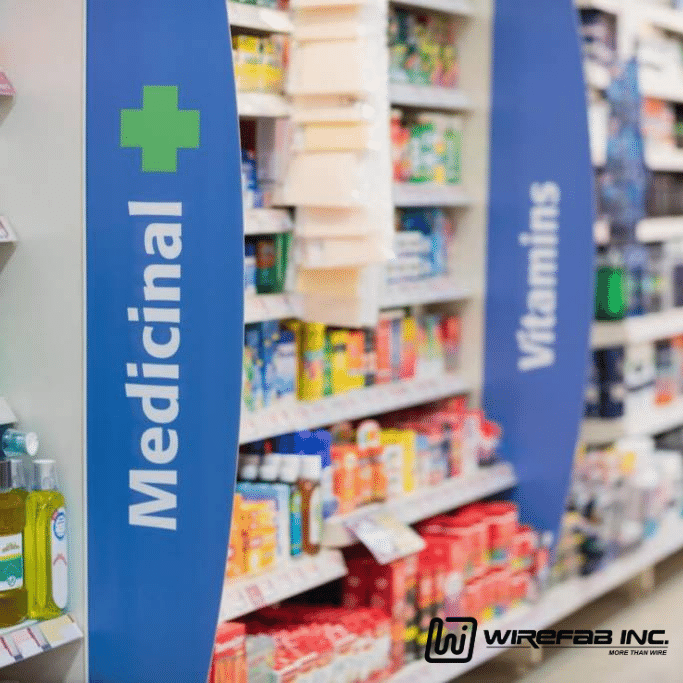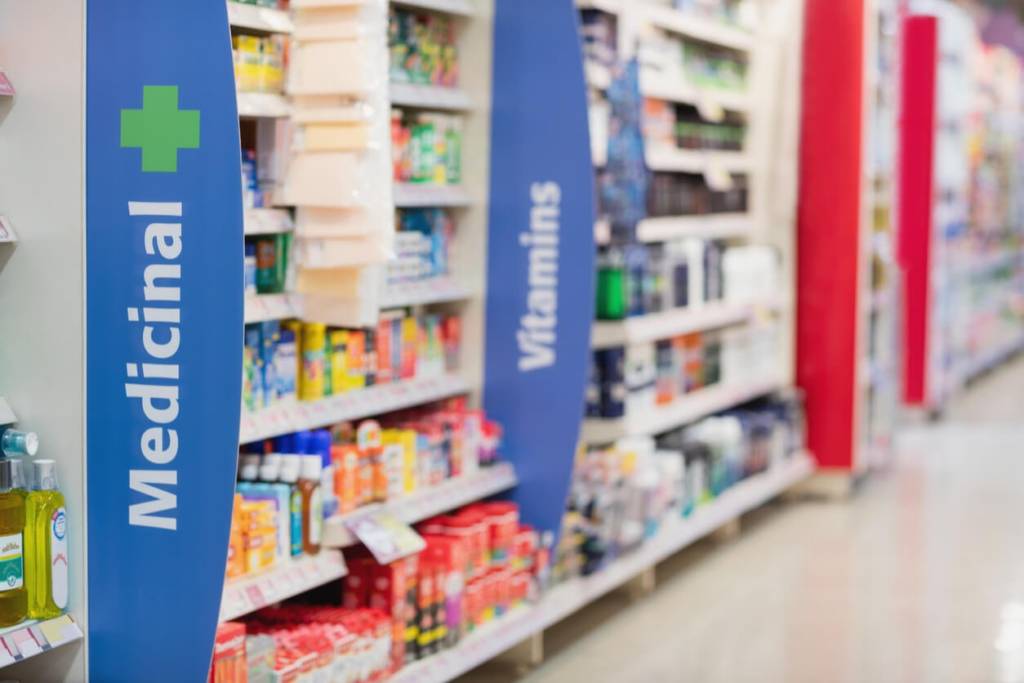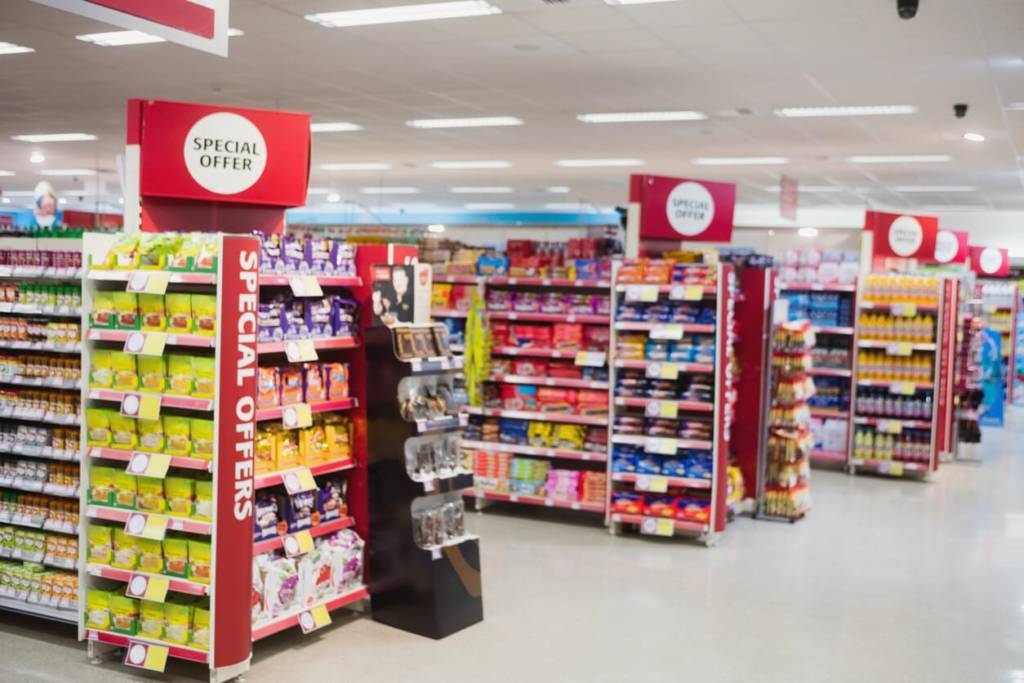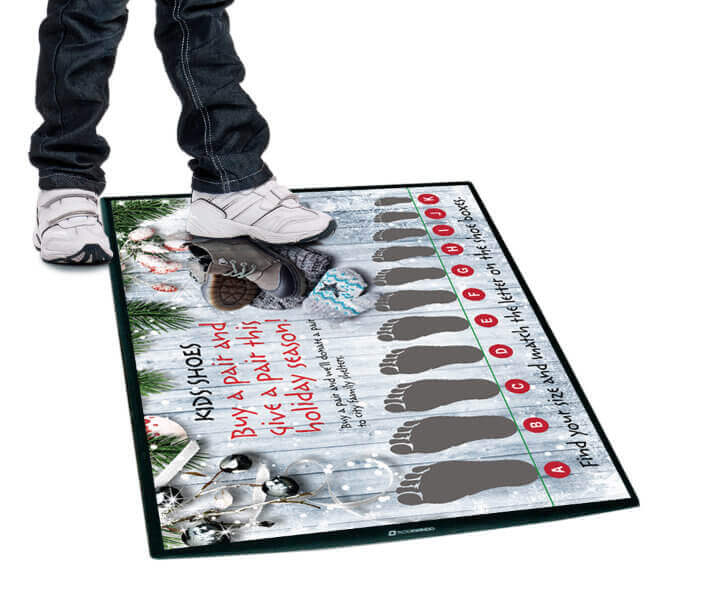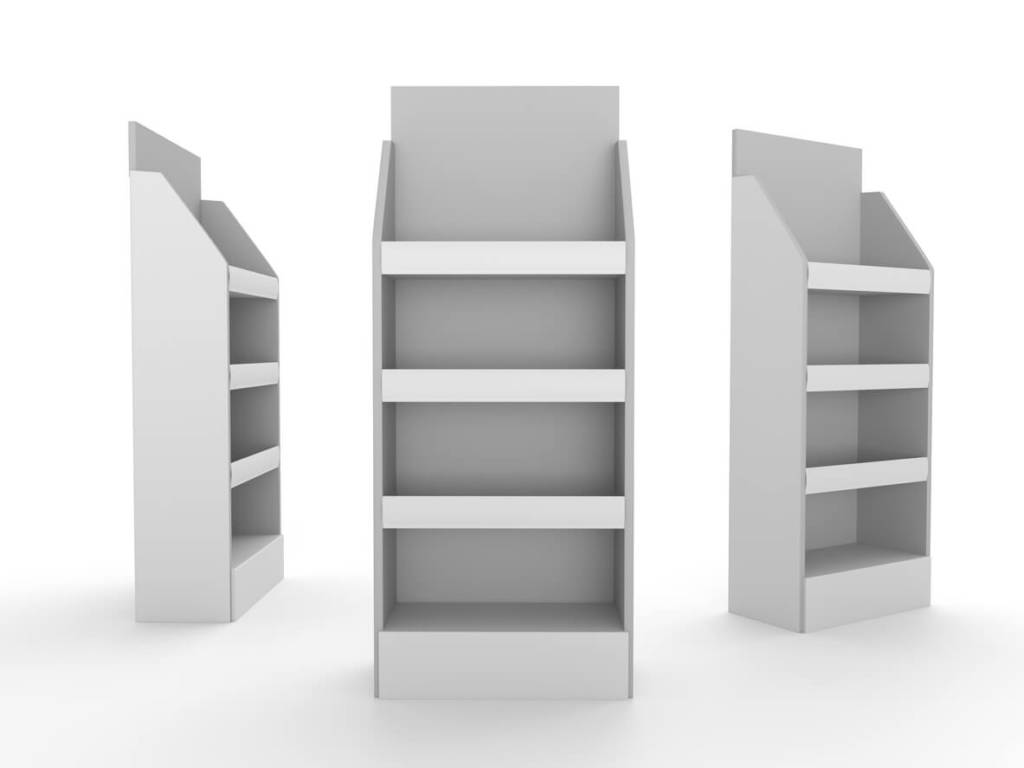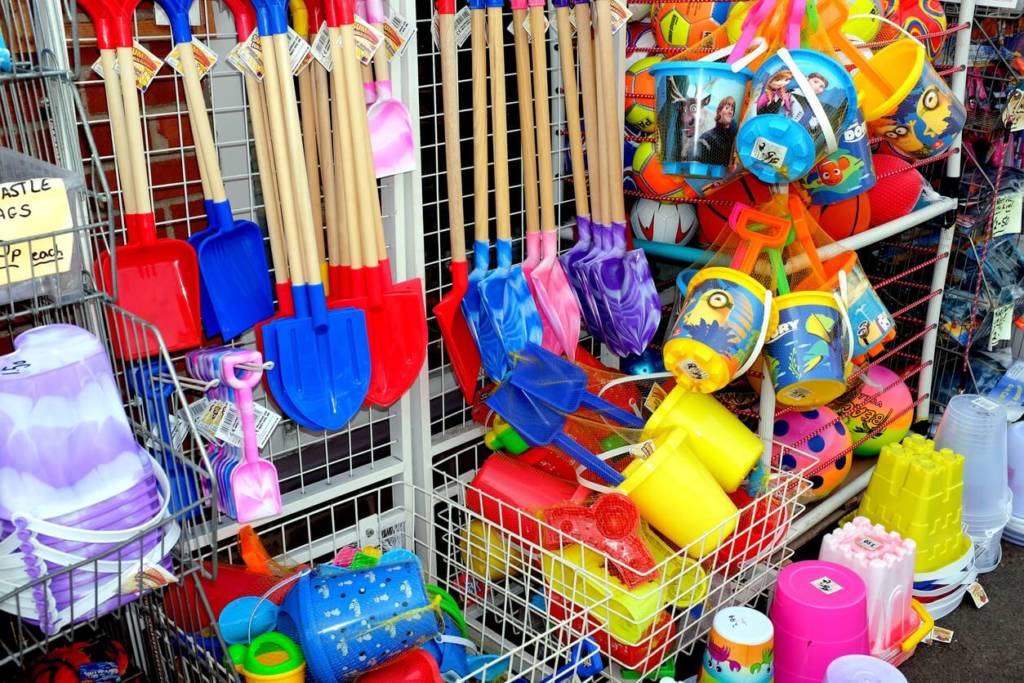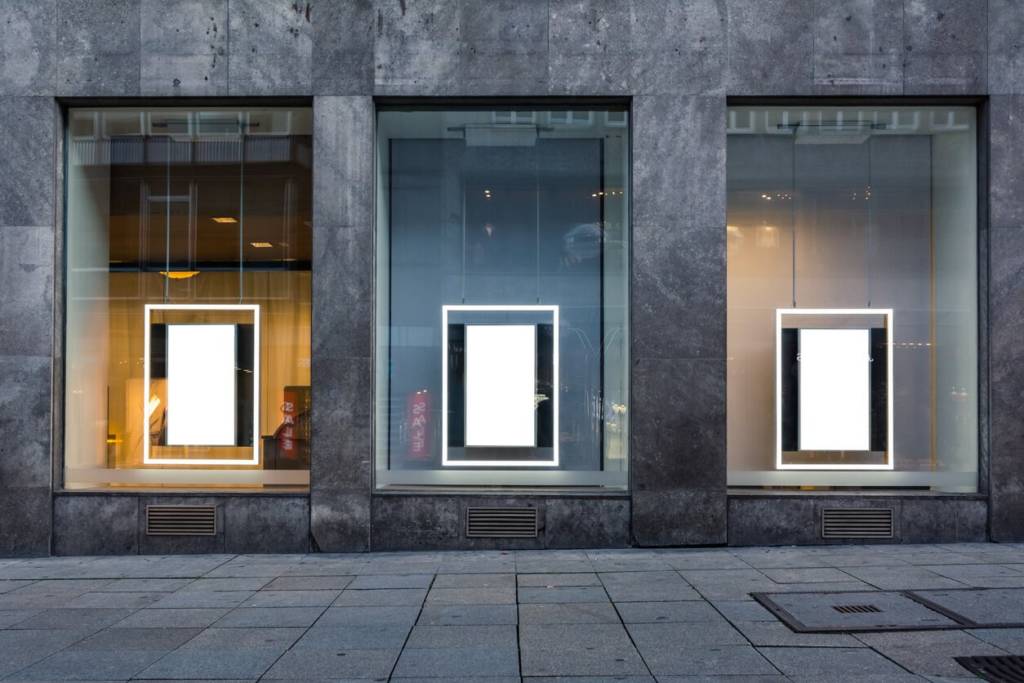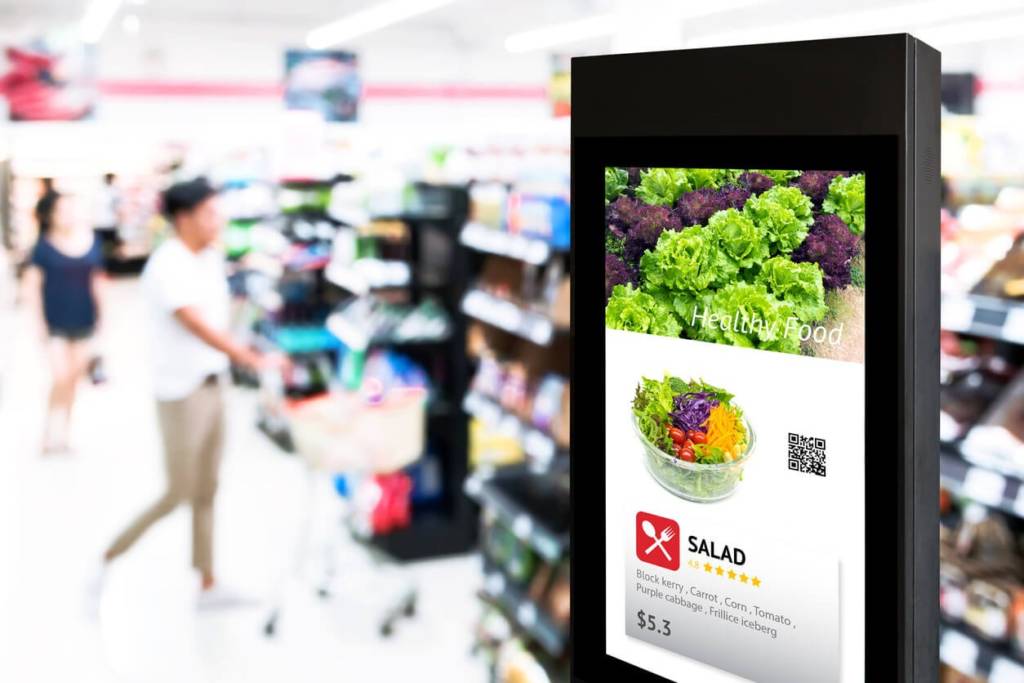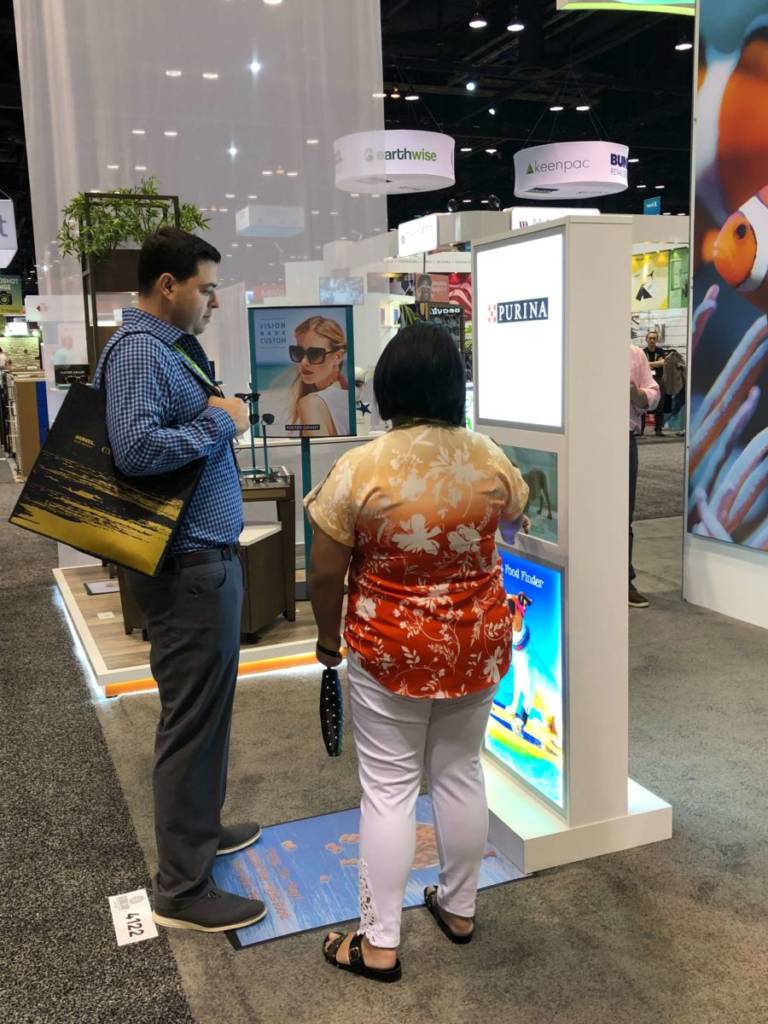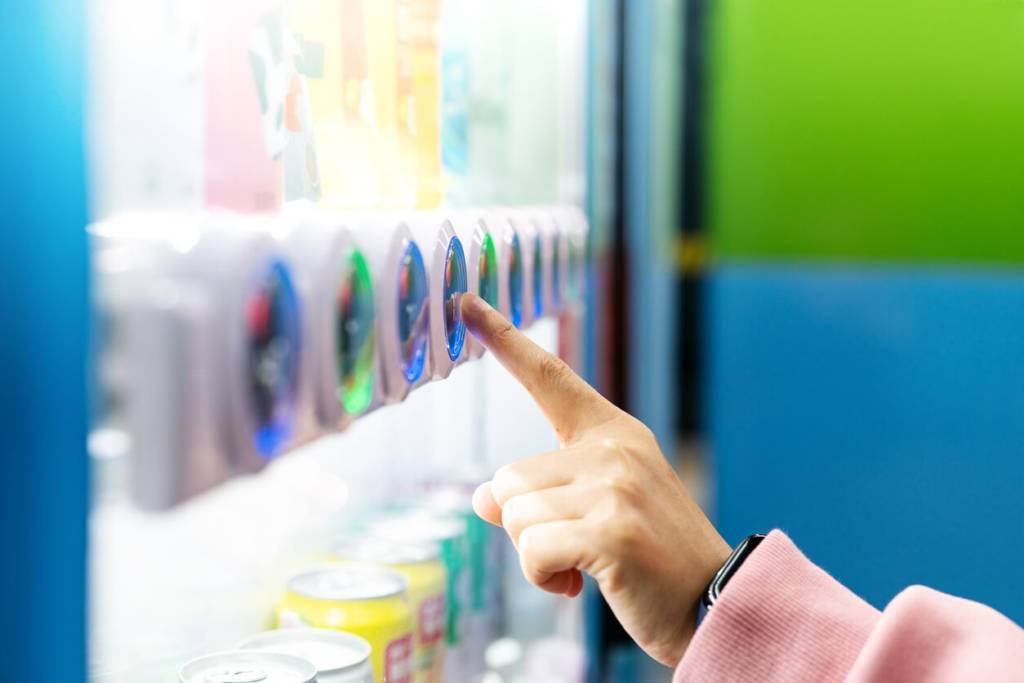What Are Point-of-Purchase Displays?
The retail space is filled with imagery – cards, billboards, signage, catalogs, covers, banners, you name it – and everywhere you look, there are plenty of brands competing for attention. How can point-of-purchase displays set themselves apart in such a saturated visual environment?
Look no further than POP displays! POP displays are impacting the way brands communicate with customers in storefronts across the country. When appropriately planned, POP display marketing can net huge profits with a bit of investment. So how can a retailer revitalize its display strategies in each aisle?
What Are Point-of-Purchase Displays?
Point-of-purchase displays include any display separate from regular shelving that features a brand. POP displays are primarily trying to draw extra attention by leveraging vital visual elements or 3D components. Displays can be made of many different materials including: acrylic, glass, heavy-duty cardboard, metal wire and wood.
Point-of-Purchase Displays vs. Point-of-Sale Displays
Many times, POS and POP displays seem interchangeable when they’re not. When you’re seeking to breathe new life into your in-store displays, you should know the difference. POP displays and marketing efforts’ most significant upside is that they can exist anywhere in a retail setting. Displays or callouts that exist solely at registers or front ends are called “point-of-sales displays.” Those looking to take their visual display efforts to the next level, point of purchase displays, give you that little extra something that point of sale displays just can’t.
The Benefits of Effective Custom Metal Displays
When appropriately executed, point of purchase displays is incredibly effective. They are vitally important to closing impulse buys, especially in a crowded grocery store or retail setting. A study from Purchase Advertising International (POPAI) found that brands utilizing such displays had 1.4x more sales than brands that didn’t. That’s not the only advantage to rolling out POP displays – here are a few expected gains retailers reported using eye-catching visual displays.
Low-Cost, High Reward
The ROI of custom metal displays isn’t overwhelming, even when you opt for a custom display. The average POP display is an affordable signage option and has proven to pay dividends in the end. Take this statistic from the Harvard Business Review, “while reaching 1,000 adults through a 30-second network television commercial costs $4.05 to $7.75, the cost per thousand for a store merchandiser or a sign with a one-year life is only 3 cents to 37 cents.”
Increase Revenues
Retailers who use point of purchase displays – both permanent and temporary – report reliable positive boosts in revenue. Metal POP displays consistently boost sales, whether they include eye-catching designs or the display’s promotional nature. The Path to Purchase POP Trends survey reported increased sales at 19% and 23.8% for permanent and temporary exhibits, respectively.
Attract Impulse Buyers
The increase in impulse shoppers has boosted the need for practical point of purchase displays, as these visuals are influencing buying behavior more than ever before. That same POPAI study found that 53% of grocery purchases and 62% of other retail settings were spontaneous.
Want to learn more about how Point Of Purchase displays can help your sales?
Types of Point-of-Purchase Displays
So we’ve established what point-of-purchase displays are and why you need them, but how do you set them up? Fortunately, there isn’t just one answer. The possibilities are endless, limited only by your imagination and the capabilities of your display manufacturer. To start off, here are some general guidelines on the most common types of POP displays.
1) Shelf Talker
These POP displays are more like signs that extend into an aisle to grab a customer’s attention. Shelf talkers can be as simple as just a poster advertising unique ingredients or as unique as a three-dimensional arrow toward a particular product.
2) End Caps
One of the most common and effective retails displays is the end cap. These are located at the end of every aisle to display featured products. Because they’re so effective, end caps are also a top seller – in the retail displays audit by POPAI, nearly half of all displays in the retail setting were end caps.
3) Vendor Shop/Store Within a Store
Vendor shops are by far the most over-the-top type of metal POP display and call for a brand to build a miniature “store within a store.” Brands set up shop within a retailer for just their products. This display idea seems to have boosted the popularity of pop-up shops, a type of guerrilla marketing that’s gained traction in recent years.
4) Floor Graphics
Well-executed floor graphics grab attention. Many brands have developed three-dimensional installations that look like spills, messes, or even holes – all in the name of promoting their product. For a simple POP installation, floor graphics can make a significant impact.
5) Free-Standing Displays
Free-standing POP displays are an excellent option for temporary installations. These displays are mobile and can fit anywhere to maximize their effect. The possibilities for shape and design are essentially limitless, and we often see people mirror the actual product packaging when designing a free-standing display.
6) Dump Bins
These POP displays are best suited for small items that shoppers can grab from and continue shopping. Think gum, CDs, candy, DVDs, all of these items exist in dump bins. Dump bins don’t have to be boring, though – the more unique, the more likely they’ll be to attract purchases.
7) Lighted Signage
Want to grab a customer’s attention? Try illuminating your POP display! Lighted signage and product displays are a great way to look distinct in an aisle. Just make sure you have access to valuable power sources or battery solutions.
8) Motion Displays
This digital POP display is a simple yet attention-grabbing option that lives right on the product’s shelf. Motion displays are most commonly a simple flashing LCD. This method grabs a customer’s eye and can entice them to make a purchase.
9) Interactive Displays
Technology has changed the way retailers operate behind the scenes. However, technological advancement also made its way onto the store floor. A new point-of-purchase display trend sees companies utilize tablets or screens to create interactive displays. They commonly have a game, ask questions to help consumers choose a product, or offer a promotion.
10) Product Dispensers
A great way to implement an interactive display is with a product-dispensing point of purchase display. You can store limited quantities of your products on a shelf, a shelf talker, or a freestanding installation. Customers can take effect directly from the display.
Custom metal displays are the easiest way to set yourself apart from your competition. You deserve a POP display manufacturer who understands how to turn your vision into reality. At Wirefab, we’ve helped brands from all industries make a solid first impression with innovative, memorable retail displays. Let us help you bring your brand to life – contact our team today to learn about our visual solutions!

